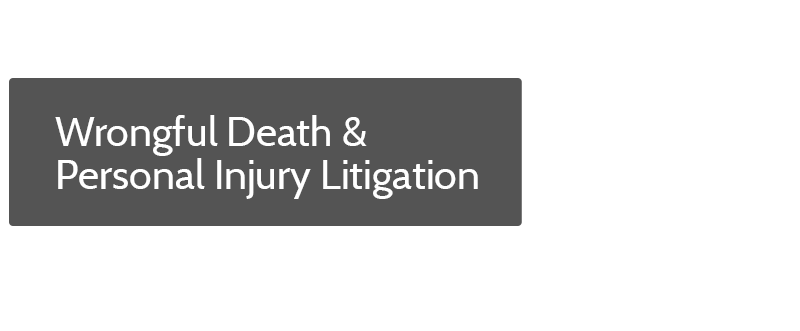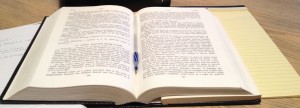Uninsured and Underinsured Motorists: Documenting the Claim
Part 1 of our mini-series on uninsured and underinsured motorist claims and coverage addressed the basic questions associated with insuring yourself against drivers with insufficient insurance.
Today, we look at what to do in the event of an accident with an uninsured or underinsured driver.
ALWAYS GET THE OTHER DRIVER’S INFORMATION.
After an auto accident, no matter how small, you should always obtain sufficient information from the other driver to make a claim if necessary. This includes:
1. Name, address, telephone and email contact information.
2. Driver’s license and license plate numbers. (Take photographs with your camera or smartphone if possible.)
3. Insurance information — including the insurance company’s name and contact information, the other driver’s policy number, and the name of the primary insured on the policy. You will need this information to help your insurance company contact the other driver’s insurance company.
4. Photographs of the vehicles, the damage, the accident scene, and anything else that will help you document the accident and the resulting damage. Smartphones have made it possible to document auto accidents in ways that weren’t possible just a few years ago. Take advantage of the technology, and document the accident thoroughly.
5. Any other information required by your policy or applicable law.
If the collision requires a police report, file one immediately, and don’t leave the scene of an accident before you’ve satisfied all of your legal obligations.
Be sure to take photographs and exchange information in a safe location, where you won’t create a risk of additional accidents or injuries to yourself or third parties.
If the other driver has no insurance, make sure you obtain as much information as possible to help you document that fact and to make a claim against your own insurance policy. Don’t make the mistake of walking away without taking information–especially if you learn the other driver had no insurance or insufficient insurance.
It’s critically important to document an accident with an uninsured or underinsured driver. Without sufficient information, your insurance company may not be able to confirm vital issues like fault, insurance status, and the applicability of your coverage.
CONTACT YOUR INSURANCE COMPANY PROMPTLY
Do not delay in contacting your insurance company to report an accident–whether or not the other motorist had insurance coverage. File your claim as soon as possible, both to ensure compliance with your policy and also to put your insurance company on notice about your version of the events that led to the accident. Although the insurance company has a duty to investigate and determine the “truth” surrounding the events in question, it can be more difficult to persuade insurance companies of your innocence if they hear a different story from the other party’s insurance company first. Tell the truth, and tell it quickly, to establish the proper version of the facts and to give your insurance company the chance to take the lead in addressing the various issues associated with your accident or collision.
***
Check your insurance policy carefully, and talk with a licensed insurance agent, to make sure you have appropriate levels of auto and other insurance and that you know the requirements associated with maintaining and making claims against your policy. Do not rely on this article, or any general online source, to evaluate your legal needs, liabilities, and insurance coverage, or to determine the process by which a claim should be made. Insurance policies vary widely. Read the terms and conditions of your policies carefully, as the general rules may or may not apply to your situation.















